On Tuesday night, the city conducted its annual “HOPE Survey,” or “Homeless Outreach Population Estimate," to try to estimate the size of the homeless population.
Braving the cold weather, thousands of volunteers went block by block across the five boroughs, asking people if they’re homeless and recording the number of those living on streets, in parks and the subway system.
It not only fulfills a federal funding requirement, but also helps the city determine where to best distribute services and resources aimed at serving homeless New Yorkers.
Linda Gibbs designed the city’s first study in 2005, when she served as commissioner of the city’s Department of Homeless Services under then-Mayor Michael Bloomberg.
“The rule was: don’t say anything because if you say anything you’re gonna get in trouble,” Gibbs explained.
“In 2005, we didn’t know how many people were on the street and establishing this methodology gave us facts,” she added.
Twenty years later, the city uses results to try and get people into stable housing. The program also unlocks federal dollars from the U.S. Department of Housing and Urban Development for the city Department of Social Services.
“We really want to understand how many people are experiencing unsheltered homelessness, and look at patterns in distribution,” Molly Wasow Park, commissioner of the city’s Department of Social Services, said.
“So, where are people across boroughs? Are there concentrations in different boroughs? What’s the balance between those on the subway versus those on the street? All of that information helps us allocate resources and make decisions for the coming year,” she added.
Assigned to specific routes over the course of one night, teams of three to four people canvass streets, armed with a mobile app and list of questions, those volunteers offer any takers transportation to a nearby shelter.
“Well, we’re supposed to approach everybody the same way, even people we might assume are not homeless. So basically I just ask, ‘Can I ask you a question?’ and if they say ‘yes’ I say, ‘Are you homeless?' Actually, I’ll ask them if they’re homeless anyway, even if they say no,” Bob Provost, a formerly homeless volunteer, said.
“I think the main reason I do it is because I know they need help, and they want to get help from people who have done it before, or who they consider to be responsible,” he added.
The city recorded more than 4,100 street homeless last year — an uptick from 2023. It’s also separate from the more than 86,000 living in city-run shelters. That’s more than the entire population of New Rochelle.
“Ninety-seven percent of the people experiencing homelessness are in shelter, so there absolutely are people in the streets and subways that’s why we’re here tonight, but they’re a minority of people. Most people experiencing homelessness are just really, really low income,” Wasow Park says, adding that the pandemic years’ data serve as outliers.
Then, subways were shut down, and FEMA dollars helped pay for hotel rooms.
Both Mayor Eric Adams and Gov. Kathy Hochul have made tackling the homelessness and mental health crises top fiscal priorities in their upcoming budget proposals.
The results of the survey are expected to be made public within the next six months.






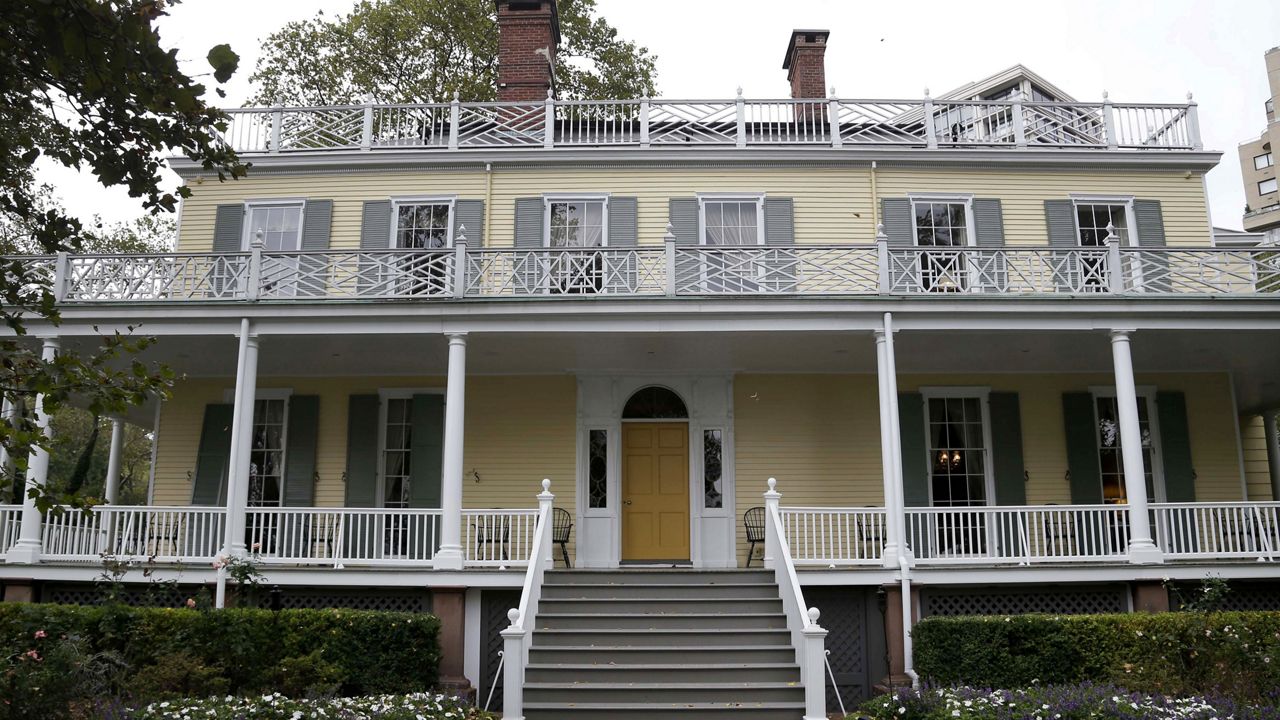
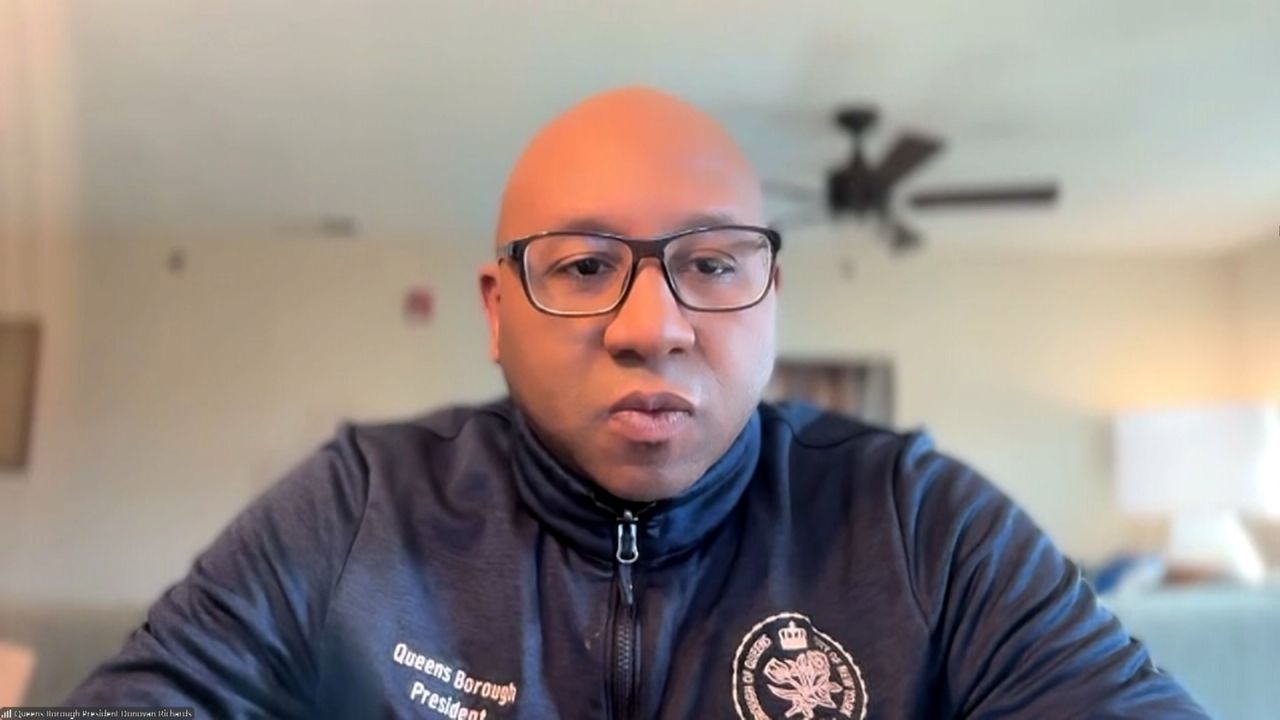
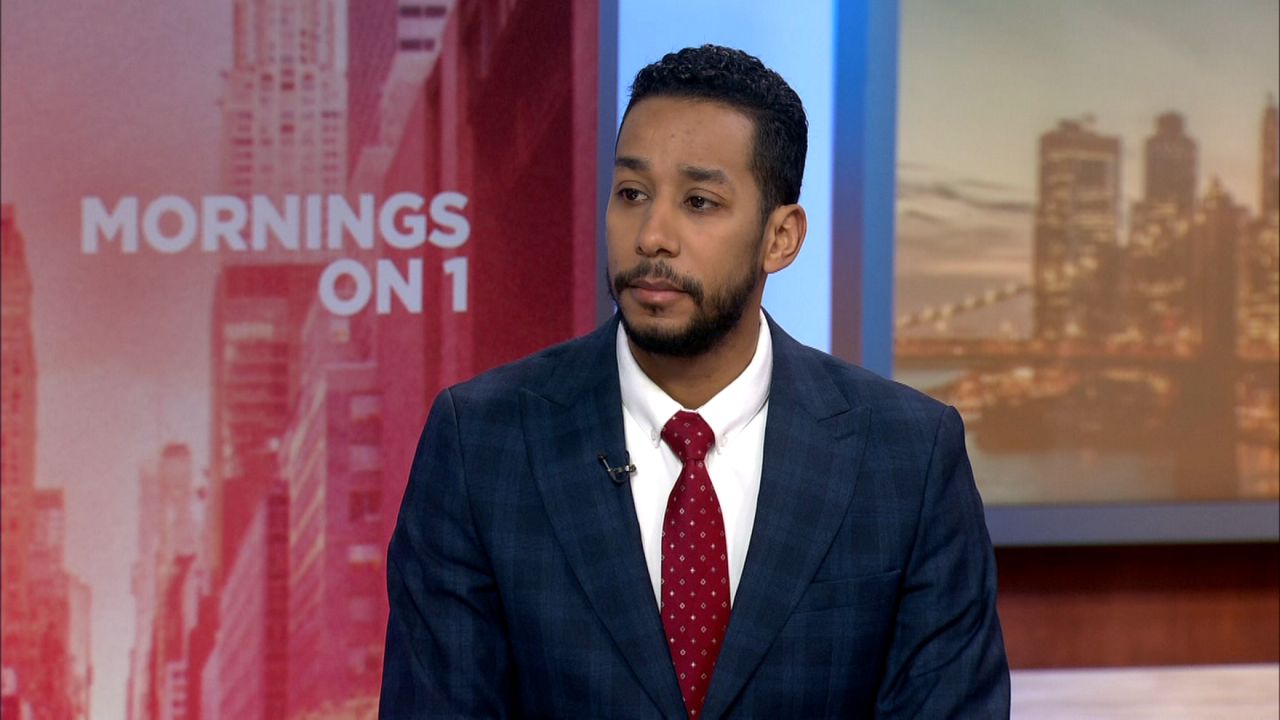
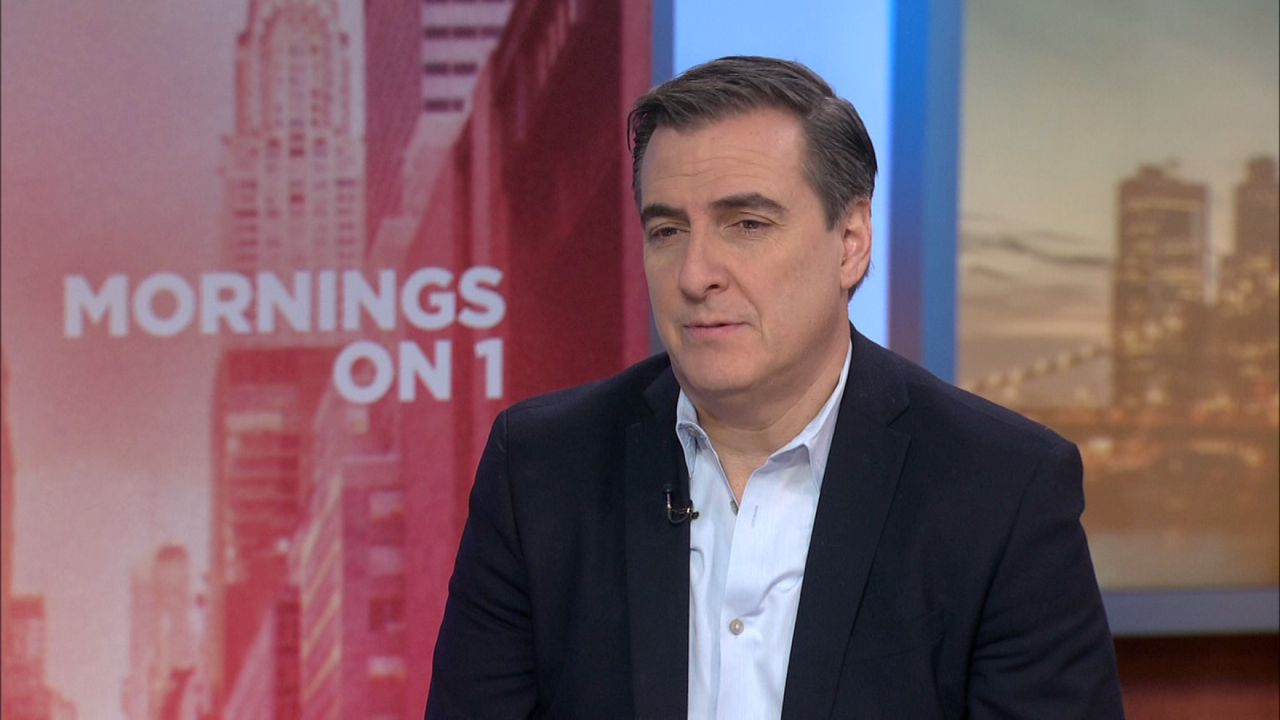
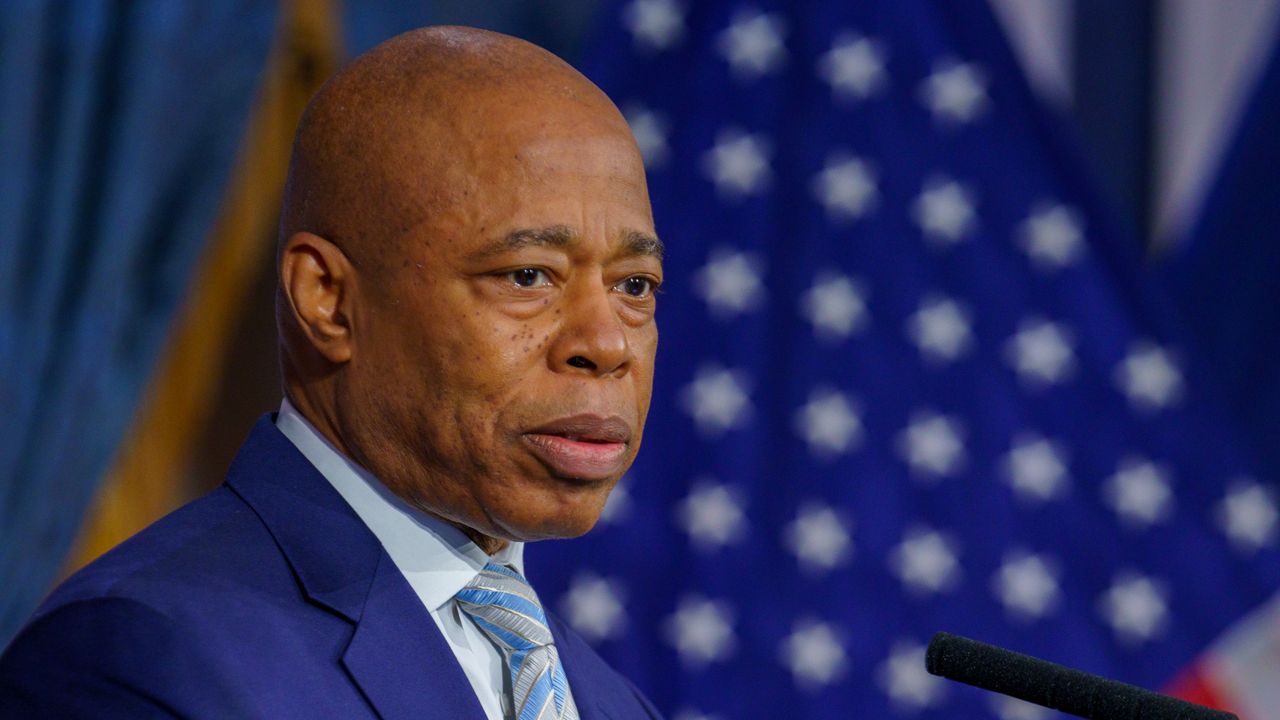
_PKG_Zeldin_Interview_CLEAN)